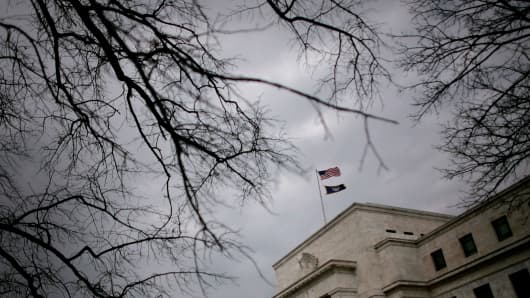U.S. Treasurys prices were little changed on Tuesday as most investors moved to the sidelines a day ahead of testimony from Federal Reserve Chairman Ben Bernanke, which is being keenly awaited for any clues on whether the central bank might curb its bond purchases due to signs of an improving labor market.
Benchmark yields edged up, flirting with 2 percent, which was their highest level since mid-March, after Wall Street stocks touched new highs and nicked the appeal of low-yielding U.S. government debt.
Bernanke will testify about the economy before a congressional panel on Wednesday at 10 a.m.
"The market has no bids right now. There is no reason to bid it before Bernanke," said Eric Green, global head of rates and currency research and strategy at TD Securities in New York.
Also on Wednesday, the release of minutes of the Fed 's last policy-setting meeting, on April 30-May 1, may provide further insights into the Fed's thinking. The minutes are to be released at 2 p.m. (1900 GMT) on Wednesday.
Treasurys prices on Tuesday came off session highs tied to foreign appetite for longer-dated issues overnight and weaker-than-expected German and British inflation data.
Benchmark 10-year notes last traded 2/32 lower in price, yielding 1.991 percent, up nearly one basis point from late Monday. The 10-year yield earlier touched 1.998 percent, its highest since March 15.
The 30-year bond last traded unchanged at 94-7/32 with a yield of 3.175 percent. The 30-year yield retested its two-month high at 3.201 percent set last week.
Traders remained uneasy about jumping back into bonds, analysts said, with Wall Street stocks hovering near record peaks and speculation over whether the Fed will slow its $85 billion monthly purchases of Treasuries and mortgage-backed securities, a pillar of its current policy aimed to foster economic growth.


